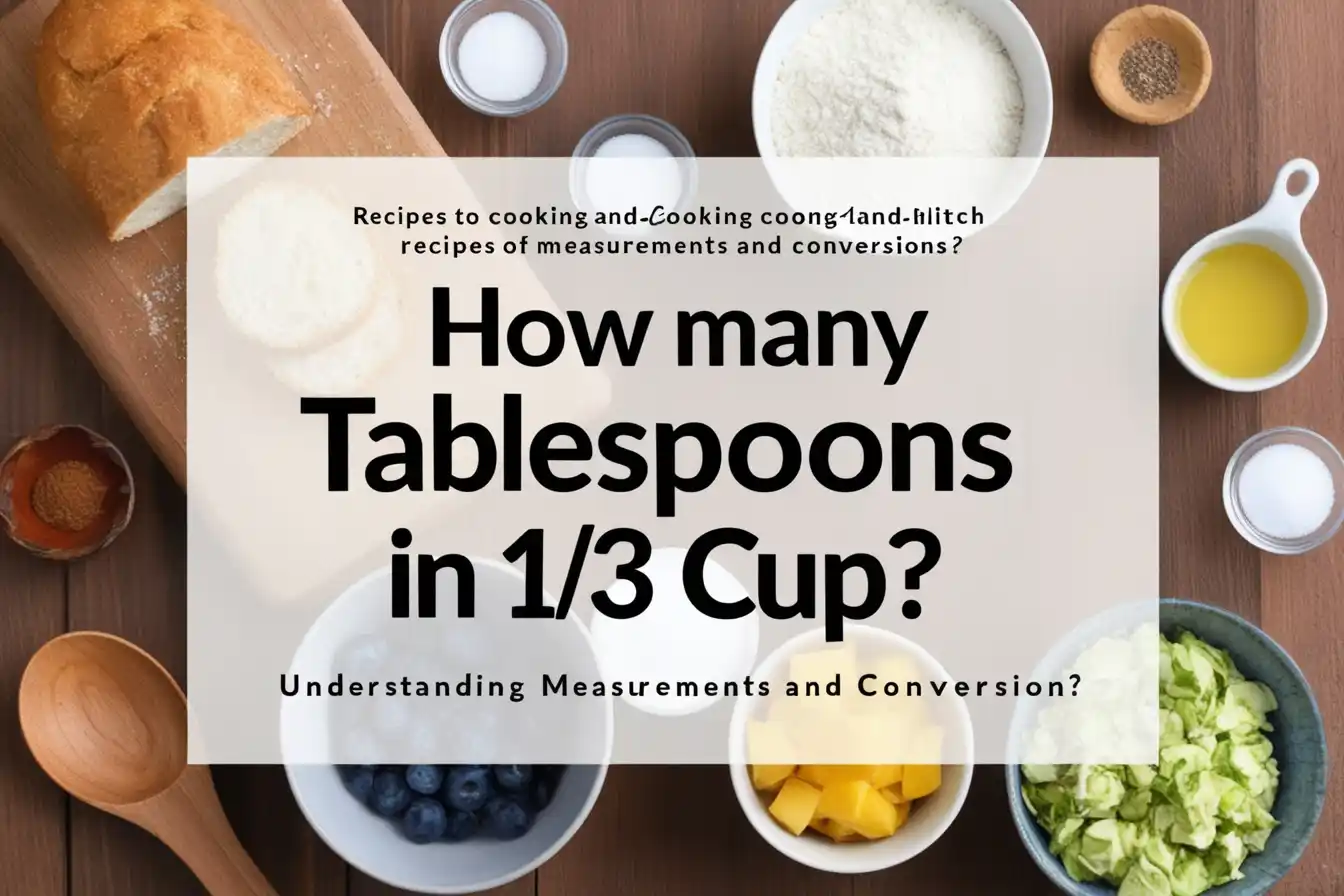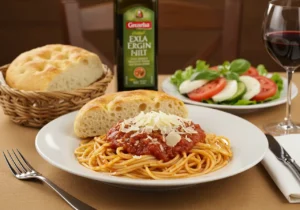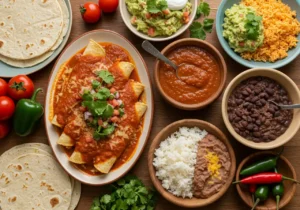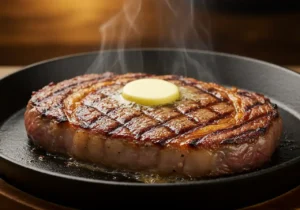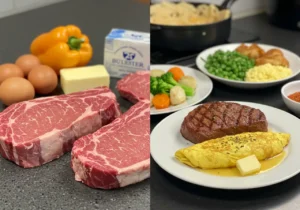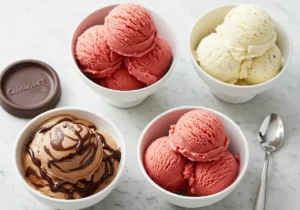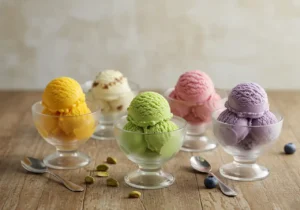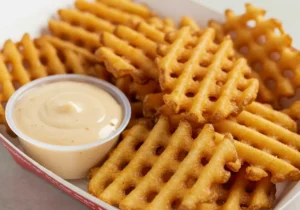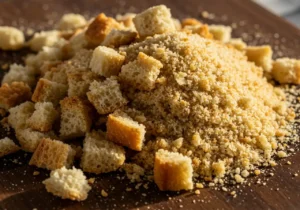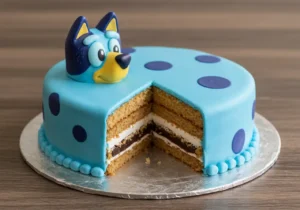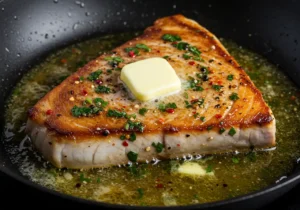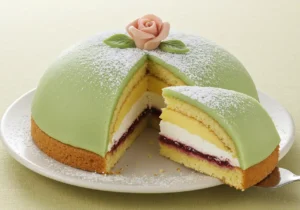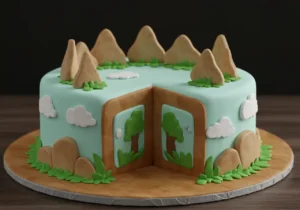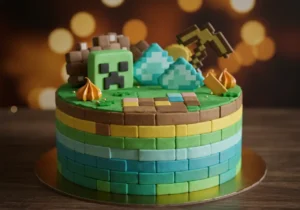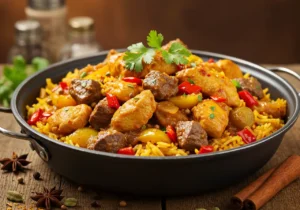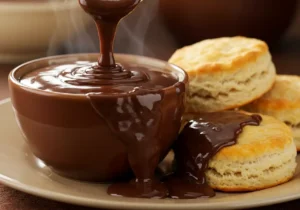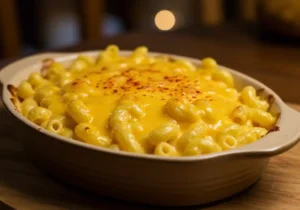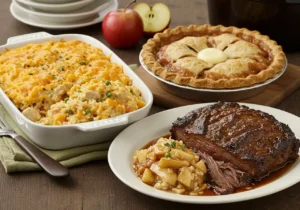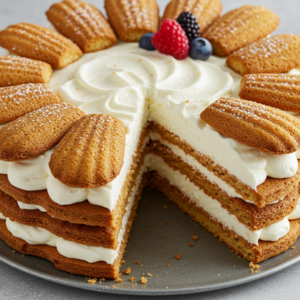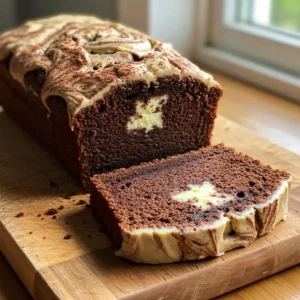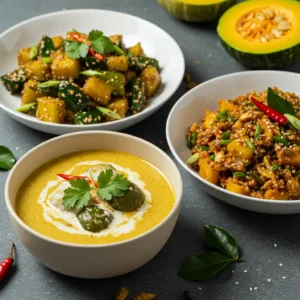How Many Tablespoons in 1/3 Cup? Understanding Measurements and Conversions

When it comes to cooking and baking, precise measurements can make all the difference. Whether you’re following a recipe or improvising in the kitchen, knowing how to convert between different units of measurement can save you time and help you achieve the perfect result. One common conversion that often stumps people is figuring out how many tablespoons in 1/3 cup. While this may seem like a simple question, it’s essential to understand the nuances of measurements to make sure your recipes turn out just right. In this article, we will explore the conversion from 1/3 cup to tablespoons, provide some handy tips for accurate measurement, and discuss the importance of understanding cooking conversions.
What Is a Cup Measurement?
Before diving into the specific conversion of 1/3 cup to tablespoons, it’s essential to understand what a cup is in cooking measurements. A cup is a standard unit of measurement used in cooking and baking. While the exact size of a cup can vary slightly by country, the US cup is the most commonly used measurement for recipes in the United States.
In the US, a standard cup equals 8 fluid ounces, or 240 milliliters. When following recipes, you’ll often see ingredients measured in cups, such as 1/2 cup, 3/4 cup, or 1 cup.
How Many Tablespoons in 1/3 Cup?
Now, let’s get to the question at hand: How many tablespoons are in 1/3 cup?
The standard conversion is as follows:
- 1 cup = 16 tablespoons
- 1/3 cup = 5 tablespoons + 1 teaspoon
This means that 1/3 cup is just over 5 tablespoons. If you need a more precise measurement, you can use the equivalent of 5 tablespoons + 1 teaspoon to ensure you’re using the exact amount needed for your recipe.
Why Does Understanding This Matter?
You might wonder, why does it matter to know the exact number of tablespoons in 1/3 cup? For one, baking recipes are especially sensitive to ingredient quantities. If you’re baking a cake, cookies, or bread, even a slight deviation in the amount of flour, sugar, or butter can impact the final result.
Understanding measurements and conversions also becomes critical when you don’t have the correct measuring tools on hand. If you don’t have a 1/3 cup measurement, you can simply use 5 tablespoons + 1 teaspoon instead. This knowledge allows you to be flexible and accurate in the kitchen, helping you make your recipes without unnecessary interruptions.
Converting Other Measurements
It’s also useful to know how to convert other measurements, especially if you come across recipes that use different units or sizes. Here are a few common conversions to help you when you’re in the kitchen:
- 1/4 cup = 4 tablespoons
- 1/2 cup = 8 tablespoons
- 3/4 cup = 12 tablespoons
- 1 cup = 16 tablespoons
These conversions can help you adjust recipes on the fly if you don’t have the exact measuring cup required, or if you need to scale up or down a recipe.
Tablespoons vs. Teaspoons: What’s the Difference?
It’s also important to note the difference between tablespoons and teaspoons, which can sometimes be confusing. A tablespoon (tbsp) is a larger unit of measurement than a teaspoon (tsp), and knowing the difference can prevent you from making any mistakes in your recipe.
- 1 tablespoon = 3 teaspoons
- 1 teaspoon = 1/3 tablespoon
This difference is especially important in baking, where the precise amounts of ingredients matter. A mistake in the number of teaspoons or tablespoons can lead to a recipe that doesn’t turn out as expected.
Practical Tips for Accurate Measurement
Getting accurate measurements is essential, but it can sometimes be tricky. Here are some practical tips to help you measure ingredients like a pro:
1. Use Standardized Measuring Tools
Always use proper measuring spoons and cups when cooking or baking. Avoid using ordinary spoons or cups, as they may not be the right size and could lead to inaccurate measurements.
2. Level Off Dry Ingredients
When measuring dry ingredients like flour or sugar, it’s important to level off the ingredient after filling the cup. Use a flat edge, such as a knife or spatula, to scrape off any excess. This helps ensure the measurement is accurate.
3. Use Liquid Measuring Cups for Liquids
For liquids like milk, water, or oil, use a liquid measuring cup, which typically has a spout for easy pouring. When measuring, make sure to check at eye level to ensure the liquid reaches the correct line.
4. Don’t Pack Down Ingredients (Unless Specified)
Certain ingredients, like brown sugar, need to be packed down to ensure an accurate measurement. However, unless the recipe specifically asks for packed ingredients, avoid pressing down on your ingredients when measuring.
5. Invest in a Kitchen Scale
For the ultimate accuracy, especially in baking, consider using a kitchen scale. A scale can help you measure ingredients by weight rather than volume, which can be more precise, especially for items like flour or butter.
Using 1/3 Cup in Different Recipes
Now that we know how to convert 1/3 cup into tablespoons, it’s useful to understand how to apply this conversion in various recipes. Here are a few examples of how 1/3 cup measurements might appear in cooking and baking:
1. Salad Dressings
A typical salad dressing recipe might call for 1/3 cup of olive oil or vinegar. If you don’t have a 1/3 cup measuring tool, you can use 5 tablespoons + 1 teaspoon instead.
2. Baking Recipes
Many cookie or cake recipes call for 1/3 cup of sugar or butter. The 5 tablespoons + 1 teaspoon conversion can come in handy if you need to adjust your ingredient measurements or don’t have the exact measuring cup.
3. Smoothies and Beverages
In smoothie recipes, you might find 1/3 cup of fruit, yogurt, or other ingredients. Using the tablespoon conversion allows you to easily follow the recipe without worrying about having the perfect measurement.
4. Portion Control
Understanding measurements like 1/3 cup can also help with portion control. If you’re following a meal plan or calorie-counting, knowing how much you’re eating is crucial. For instance, 5 tablespoons + 1 teaspoon of almond butter is a good reference if you’re trying to stick to a specific serving size.
Common Mistakes in Measuring
While most of us have a basic understanding of measurements, there are a few common mistakes that can throw off our recipes:
1. Not Leveling Off Dry Ingredients
As mentioned earlier, not leveling off dry ingredients is one of the most common mistakes people make. This can lead to using more flour, sugar, or other dry ingredients than needed, which can change the texture or flavor of your dish.
2. Not Using the Right Measuring Tools
Using the wrong tool for the job can result in incorrect measurements. For instance, using a regular spoon instead of a tablespoon or a glass cup instead of a liquid measuring cup can cause inaccuracies.
3. Assuming All Cups Are the Same
While 1 cup in the US is 8 fluid ounces, some countries use different sizes for their cups. If you’re following a recipe from another country, make sure you understand the unit of measurement being used to avoid confusion.
Conclusion
Knowing how many tablespoons in 1/3 cup—which equals 5 tablespoons + 1 teaspoon—can be incredibly useful when cooking or baking. Whether you’re adjusting a recipe on the fly, don’t have the proper measuring tools, or just need to ensure accuracy in your dish, this simple conversion will save you time and effort. Understanding measurements and conversions helps you become a more efficient cook and ensures your recipes turn out just as intended. By following the tips and tricks outlined in this article, you’ll be able to measure ingredients accurately and confidently, resulting in perfect dishes every time.
If you’re ready to continue exploring the world of intense, flavor-packed dishes, be sure to check out more of our recipes. Embrace the thrill of cooking with bold ingredients and discover new ways to elevate your meals!
Explore More Delicious Recipes and Get Inspired!
If you’re loving the simple tips and measurements shared here, why stop there? Discover a world of scrumptious recipes that cater to all tastes and occasions. From mouthwatering baked goods to savory dishes, each recipe is accompanied by vibrant images and detailed descriptions to guide you every step of the way. Whether you’re looking to try something new or perfect a classic favorite, these recipes are sure to inspire your next culinary adventure. Scroll down and dive into more delicious options—your next kitchen masterpiece awaits!
- 10 Must-Try Italian Cooking Recipes Loved by Chefs
- Mexican Cooking Recipes for Beginners: Simple Steps to Bold Flavors
- Easy Carnivore Diet Recipes with 5 Ingredients or Less
- Top 15 Carnivore Diet Recipes That Actually Taste Amazing
- 15 Delicious Cuisinart Ice Cream Maker Recipes You Need to Try
- Top 5 Sugar Free Ice Cream Flavors You’ll Love
- Copycat Chick-fil-A Waffle Fries Recipe – Step-by-Step Perfection
- How to Make the Best Bread Crumbs for Your Favorite Dishes
- How to Make the Perfect Ice Cream Cone : Tips, Tricks & Delicious Recipes
- Bluey Cake Tutorial: How to Create the Perfect Themed Cake for Kids’ Parties
- Swordfish Steak Recipe: How to Get It Perfect Every Time
- Princess Cake Recipe: How to Make the Perfect Swedish Prinsesstårta
- Nanalan Cake Recipe: How to Make This Adorable and Nostalgic Treat
- DIY Minecraft Cake: How to Make the Perfect Pixelated Treat
- Authentic Terra Massoud Recipe: A Step-by-Step Guide to Perfection
- How to Make Chocolate Gravy from Scratch Quick and Easy Guide
- How to Make the Perfect Tini Mac and Cheese – Step-by-Step Guide
- Taste of Home Recipes: 25 Comforting Dishes That Feel Like a Warm Hug
- Easy Ways to Customize Your Madeleine using cream cake
- How to Make Gordon Ramsay’s Chocolate Cream Cheese Pound Cake
- Green Pumpkin Cooking Guide: 10+ Asian Recipes for Savory Delights

